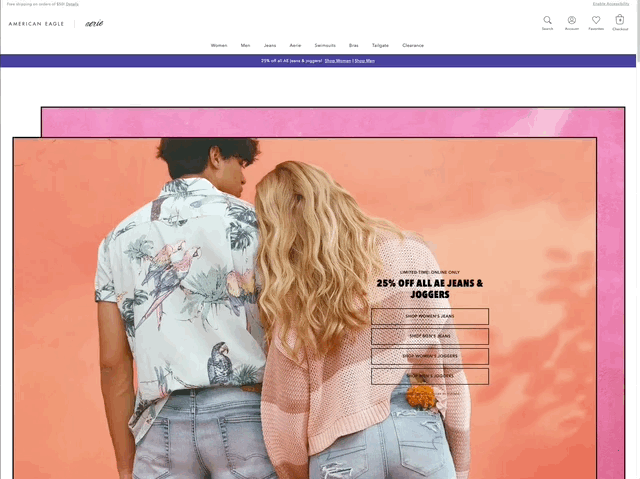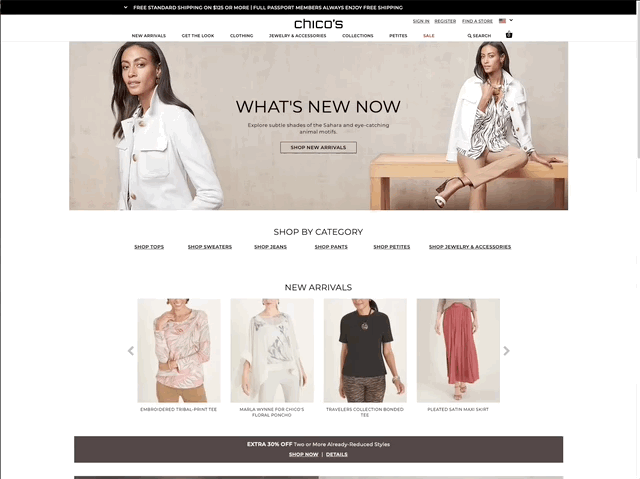In a highly visual culture, capturing your brand story in photos can be challenging. There is overwhelming pressure to compete with the endless barrage of social media photography. But, how do you authentically display a seemingly conceptual story through your imagery?
Capturing your brand story in photos must begin with listening
Think About Your Own Buying Habits
You know that in your own consumer habits, you prefer photos to be authentic and (let’s be honest) a little aspirational.
As consumers, we want to see a better version of ourselves pictured in marketing materials; it helps us connect to the brand. It also helps us feel seen and even heard. Big brands spend a lot of time listening to their current and potential customers. Their product development process not only allows but demands that they systematically listen to what may or may not work.
If you aren’t developing the next Nike shoe or innovating another Apple product, then it’s easy to stop listening. You feel that you know your customer, and you just need them to listen to your marketing message. Not to mention, you just don't have time for this level of effort and research.
Listen to Your Story Team
We like to refer to your marketing, sales, and customer service as your Story Team. These core departments are the holders of your brand story. Instead of starting with assumptions, start with teachability and take the time to listen. Conduct a series of interviews so that your authentic brand stories are in the forefront of your mind:
- Interview your sales team. Listen to the major pain points and questions potential customers are asking. Ask them to describe the last couple of people they made a sale with.
- Interview your customer service team. Ask them what types of people they interact with, and how the customers are using your services or products.
- Interview customers. Ask them to tell you a few stories about how they interact with your product or service. Have them list their favorite elements.
Align your persona with your brand
Now that you’ve had fresh insight into your brand story (because listening to your team and your customers is the most authentic brand story you can hear), re-align your persona documents with your true customers. Or, if you don’t have any documented personas, use our buyer persona guide to develop the key customers you need to mirror.
Make a list of visual elements you want top of mind when brainstorming imagery:
- What is their relational environment?
- Does your customer and product align with family, friends, spouses, kids, alone…?
- How about their spacial environment?
- Does your customer and product align with cities, or the country? Indoor or outdoor? A sunny beach or a rainy sidewalk?
- What is their cultural environment?
- Is this a technology driven life, or one dedicated to paper and pen? What ethnicities need to be included? What ages?
- And what about their value system?
- What are the top priorities to this customer? What are the most important things in their life? Is it their beautiful car, their newborn baby, or maybe their acoustic guitar?
Consider the aspirational
Now that you’ve identified some of the foundational elements that can drive visual decisions, consider how your product or service solves their problem. What solution are you offering? Now, how can you depict that at the next level? How could your product or service help them attain their aspirational life?
In a senior living facility, this could be a high level of activity -- like dancing. For a lawn care company, this may be a father and son playing football on a perfectly manicured lawn. For a private school, this might be a student dressed in costume, performing a leading role in the school play.
Gauge authenticity: what does your audience want in their imagery?
A more difficult element in visually capturing your brand story is ensuring photography is authentic. Different generations have different tolerance levels for stock photography.
The younger the generation, the more in-tuned they are to fake or stock images. Millennials and younger are very opposed to images that appear too pristine, too generic, and too posed.
Conversely, a much older generation would view a user-generated iPhone photo as highly unprofessional if used as a feature image in marketing.
Take some time to study brands that your customers like. Be they clothing brands, food brands, or any other household name you can think of. How do they approach authenticity? Are they choosing pristine locations/ lighting/ models posed in the absolute perfect position? Or, are they including more genuine expressions, with moody lighting and more true-to-life models?
For instance, compare the homepage of American Eagle Outfitters to that of Chico’s.
User-Generated Images on American Eagle Outfitters' Homepage

Posed and Poised Imagery on Chico's Homepage

Imagery for the Intangible Product
For those offering a conceptual product or service, it can be difficult not to default to photos of happy people… being, ya know… happy. The key is to think about outcomes. While your solution may not be pictured, the outcomes for your customer can. In some ways, this is the ultimate aspirational photo. But, it has to hit at a more foundational and human level. The outcome of having a happy life is the reason that you so quickly default to this choice of photography.
For a financial coach, the outcomes might look like new parents in their beautifully furnished nursery, rocking their baby to sleep. This image speaks not only to the practical element of using money well-saved for the costs of having a baby, but to the underarching desire of those parents to provide financial security for their family. It speaks to the peace that comes with a stable plan for emergencies, and a long-term plan for wealth and retirement.
What are the Do's and Dont's of choosing photography?
Here are a list of things that you should keep a close eye on, no matter your industry or brand story:
- DO keep people featured in most of your photos: Building shots, facility images, or detailed product photos all have their place in a less obvious section of your web page or brochure. The best way to help your audience form quick connections is to feature people.
- DO favor the hero image: Not only do you want to feature people, but you want to find ways to make your audience the hero of your shots. A true hero image has just one person in the photo. But, variations could focus on one person while the others are blurred, or frame a “hero” at the center of the action so that eyes are drawn toward them.
- DON'T use what we call the “three under the tree”: This shot is not just common in education, it’s expected. For schools or universities, featuring three ethnically diverse students sitting under a tree studying is an extreme cliché. But, the principle applies across any industry. If there is a shot all of your competitors always use, try to avoid that depiction. It will just be noise to your audience.
- DON'T default to the event pose: If you’re doing a branded photoshoot, or you hire a photographer, don’t let your photoshoot turn into a series of event poses. Think back to every wedding or bat mitzvah you’ve attended, and inevitably someone with a camera or phone has said: “Gather together, let’s take a picture! Ok, squeeze in! Now, everyone smile!” When a person or group is asked to turn toward the camera, pose, and smile (the only exception to this rule is high-level fashion photography), it’s guaranteed to lack all authenticity. Whether you have models on-site to feature your new tech product, or you’re walking around your senior living cafeteria intending to capture real-life expressions, an amateur photographer may default to giving this direction to his subjects.
- DO be authentically diverse: This can be similar to the “three under the tree” effect. It’s absolutely crucial to feature diversity. However, when you feature photos that include the perfect division of cliché ethnicities, you’ll lose the trust of your audience. It’s also worth noting that brands offering an environment or living solution (senior care, university, boarding school, gym, etc.) risk over-representing their diversity and attracting customers that are, in the end, disappointed in the actual culture you provide.






.jpg)
.jpg)